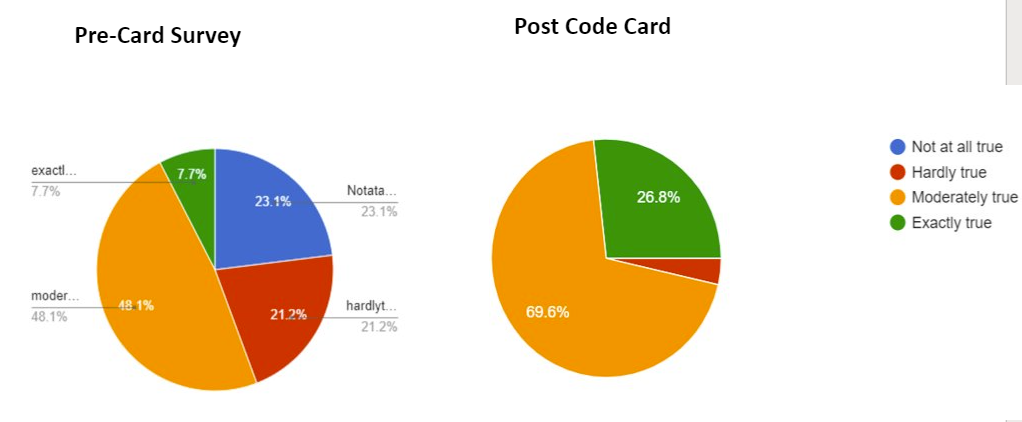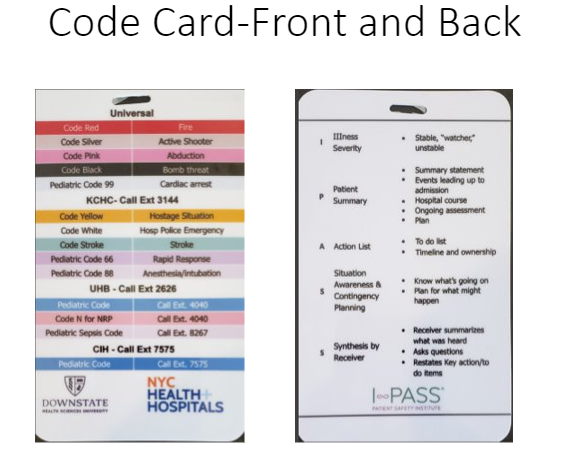Quality Improvement/Patient Safety: All Areas
QI 4: Inpatient QI/Patient Safety
233 - Emergency code familiarization among Residents at all clinical sites affiliated with Residency program
Publication Number: 233.45
- MH
Maria Hussain (she/her/hers)
Resident
Suny Downstate medical center
brooklyn, New York, United States
Presenting Author(s)
Background:
Standardized color codes have been used in the hospital setting to effectively communicate life-threatening emergencies to healthcare personnel without causing panic among patients and visitors. First responders are required to clearly understand the code to deliver safe and effective care in a timely manner. However, recent studies indicate that the variability of codes across different hospitals has led to confusion among healthcare personnel, compromising the effective and safe delivery of care.
The variation of codes across the different sites affiliated with the SUNY Downstate Pediatric Residency program leads to challenges for resident physicians in recognizing and responding to the codes.
Objective: This project aimed to enhance the familiarization of 80% of residents with the codes used at all sites and improvement of residents’ confidence in responding to codes
Design/Methods: We designed and distributed a code card with the numeric and color codes used at all sites affiliated with the SUNY Downstate Pediatric Residency program and assessed the knowledge, confidence, and comfort of residents before and after the distribution of cards via a pre- and post-card survey
Results:
We were able to improve the confidence of pediatric residents in calling emergency codes from 55.8% to 96.4%. Similarly, there was improvement in resident knowledge and familiarization regarding color codes (from 50.9%- 81.5%) and numeric codes (from 77.4%-89.3%). Also, the resident’s understanding of the importance of knowing codes in the currently practiced setting improved from 91% to 98.2%. Our project demonstrated that a standardized code card with all color and numeric hospital codes used in all residency-affiliated sites helps improve resident knowledge, confidence, and familiarization level in calling and responding to codes in emergent situations. Future studies should look at code response time as well as standardization of codes across multiple sites.
Conclusion(s): 
.png)

